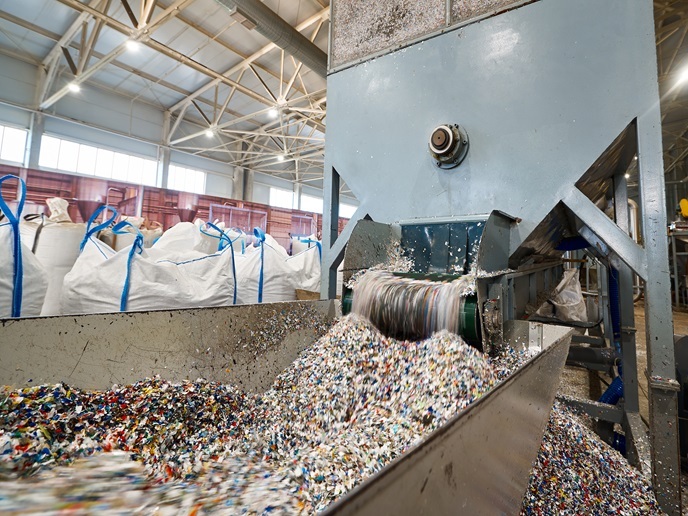Strengthening bonds between dissimilar materials
New ceramic-based materials with exceptional heat resistance and other high-performance properties have not been used extensively in manufacturing industry due to a lack of reliable methods to join them to metals and other existing materials. The EU-funded ADMACOM(opens in new window) project (Advanced manufacturing routes for metal/composite components for aerospace) has found ways to produce ‘hybrid’ structures by bonding newer ceramic-based materials to traditional metals and polymers. The properties of dissimilar materials, such as expansion or shrinkage, mechanical strength, electrical and thermal conductivity, often differ enormously making them difficult to join reliably and strongly. ‘What we worked on is the nanostructure of the two surfaces to be joined to change the surface micro-texture and so increase the surface area,’ says project coordinator Monica Ferraris, a professor at the Politecnico di Torino, Italy. ‘Once an uneven surface on both materials is produced by laser nanostructuring, high temperatures or other methods, then they can be mechanically interlocked with adhesives which infiltrate the uneven surface and make the bond stronger.’ Range of materials University researchers, industrial designers, materials scientists and engineers from the aerospace, nanotechnology and other industries such as Airbus Group and MT Aerospace in Germany came together under the ADMACOM ‘Factories of the Future’ public-private partnership project to develop the joining technique with a range of materials. Airbus, for example, used lasers to modify the surface of materials such as silicon carbide and silicon nitride to create secure ‘brush-like joints’. ‘What you put in between the two is a joining material just a few microns thick,’ Professor Ferraris says, but it is nonetheless a strong and reliable joint. ‘This can be adapted and used every time two different materials are to be joined. It is universally useful, not just for aerospace,’ Ferraris says. Fewer parts, lighter weight Ceramics and new Ceramic Matrix Composites (CMC) – ceramic materials embedded with fibre – are already revolutionising industrial component design, but the usual methods such as the use of additional screws to join dissimilar materials can cause stress in ceramic-based materials and make them liable to fracture. The new process means fewer parts, including less need for screws and bolts, and reduces weight which can lead to significant energy-saving in the aerospace industry, for satellites and for high pressure turbines and nuclear reactors. The team tested the process on many different materials, carrying out detained microstructural analysis of surfaces and interfaces and different joining materials including adhesives, using a similar comparable test. ‘A value-added result of the project is that we are in a good position to validate different joining materials using the same standardised test from the beginning of the project. Bonded materials were tested for mechanical performance, including thermal tests, using the same techniques,’ Professor Ferraris says. ‘We learned that surface modification, already known to strengthen wood joints, could be transferred to other kinds of materials — in this case to ceramics and ceramic matrix composites — to strengthen the joints.







